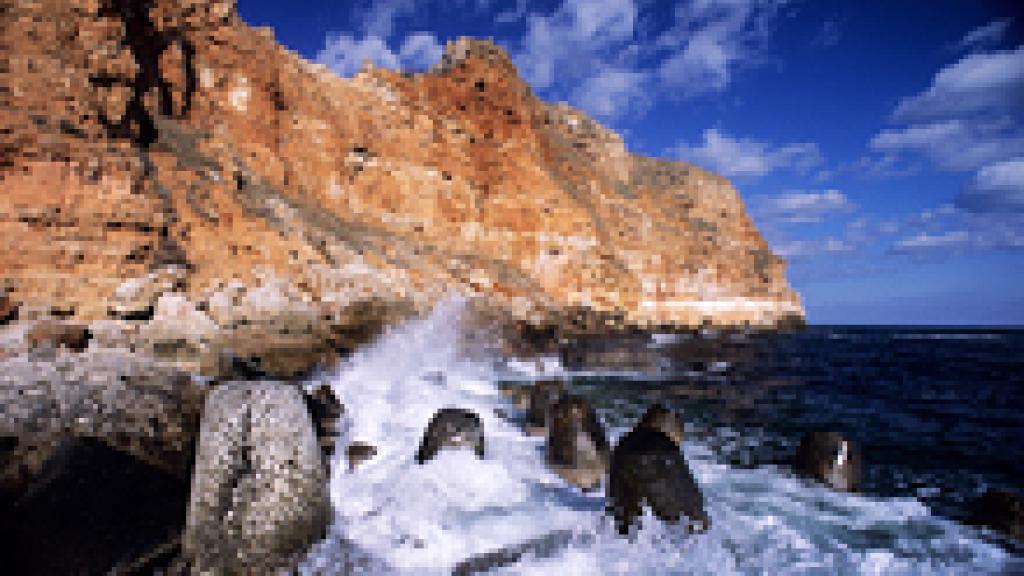daNUbs - Nutrient Management in the Danube River Basin
daNUbs was a mulitnational EU research project carried out under the leadership of the Technical University of Vienna. The results from this project include estimates of nutrient inputs into the river network (MONERIS), as well as an assessment of the loads of nitrogen, phosphorus and silica transported via the river network. These results indicate that the nutrient status in the Black Sea has significantly improved since the 1980s.

The daNUbs research project - cofunded by the EU - involves a large international and interdisciplinary research team from 16 partner institutions, co-ordinated by the Institute for Water Quality and Waste Management at the Vienna University of Technology.
General objectives
- to obtain information about the sources, pathways, stocks, losses and sinks of nutrients in a large river basin
- to increase understanding of the effects of nutrients (nitrogen, phosphorus and silica) on receiving ecosystems, particularly in coastal areas
- to improve and combine management tools used to measure and assess nutrients in the Danube Basin
- to develop scenarios and prognoses for nutrient management and the related impacts on water quality and socio-economic development in the Danube countries.
Initial results from the project include estimates of nutrient inputs into the river network, as well as an assessment of the loads of nitrogen, phosphorus and silica transported via the river network.
The results indicate that the negative impacts of nutrients on the status of the north-western Black Sea has significantly improved since the 1980s. Nutrient levels within the Danube River Basin are relatively low in comparison to other basins, but good status with regard to the requirements of the WFD can only be achieved if future agricultural developments are based on best available practices.
The accuracy and reliability of the project results should be improved from 2005, thanks to the combination of three specific models – the GIS-based emission model (MONERIS) for calculating nutrient emissions, the Danube Water Quality Model for estimation of the transformation and transport of nutrients in the river, and the Danube Delta Model for nutrient transport through the Danube Delta.





